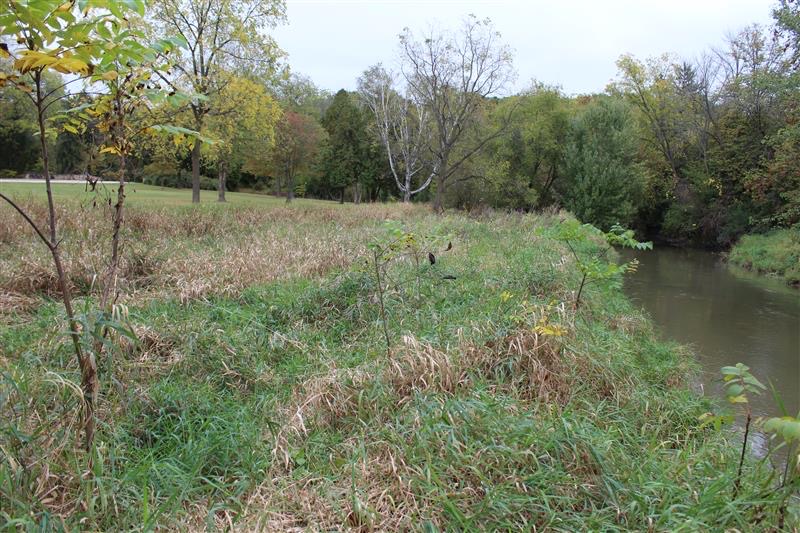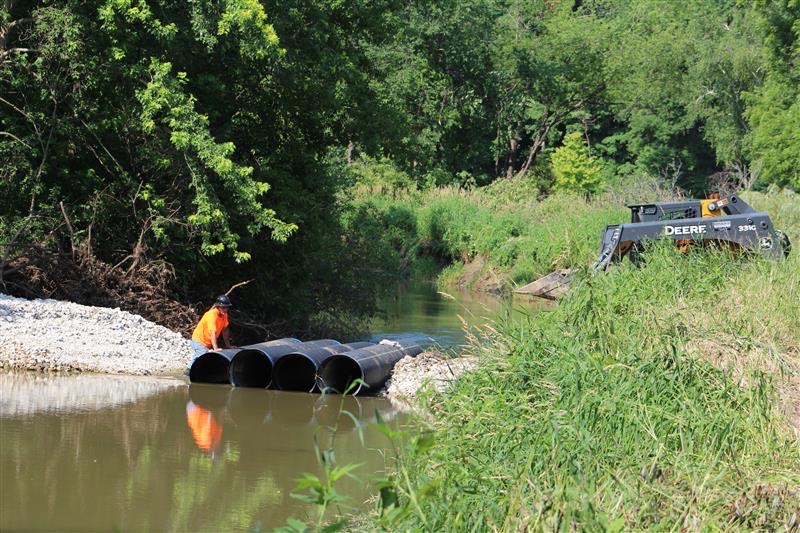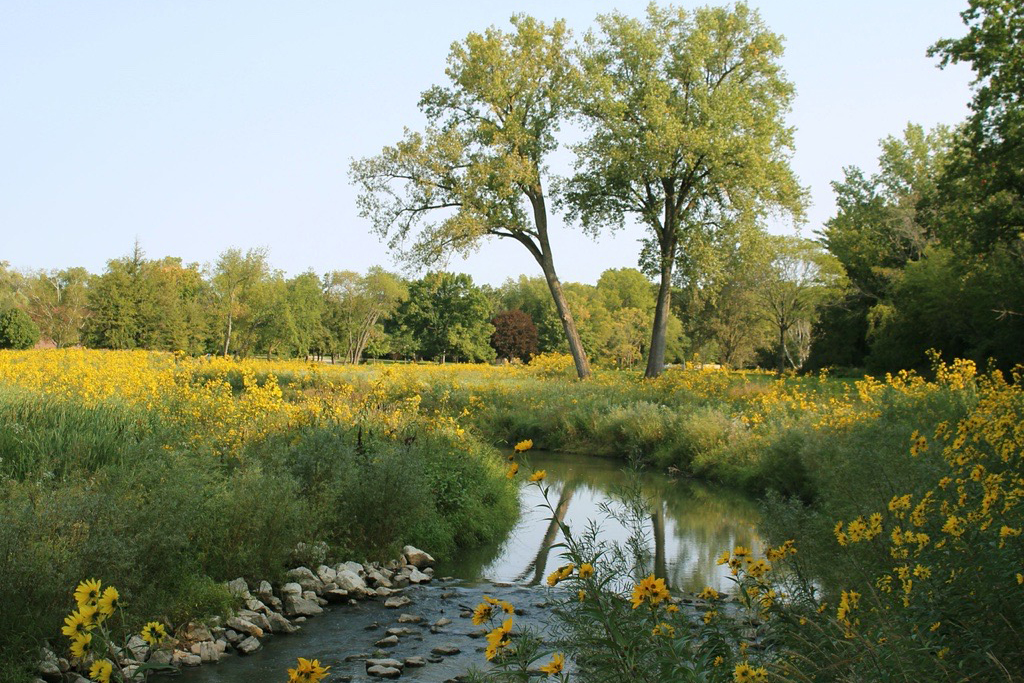UW-Parkside joins with local, state, and federal partners on Pike River stream restoration
SOMERS, Wis. – Through the hard work of UW-Parkside faculty and students along with the leadership of Jim Kreuser, Kenosha County Executive and UW-Parkside alum (’83, ’86), a portion of the Pike River winding through Petrifying Springs Park is on the mend.
The Pike River watershed flows through Racine and Kenosha counties in an area more than 30,000 acres in size before it empties into Lake Michigan. Pollution in the river and sediment, along with stream channelization from agricultural practices over the years, has led to water quality problems.
A 2012 assessment by the Wisconsin Department of Natural Resources (DNR) ranked the river’s biological community as poor, and relatively few fish species were observed. Additionally, phosphorous and nitrogen concentrations were high, another indication of low water quality.
As part of the Pike River Restoration Plan completed in 2013, the Petrifying Springs Park section of the river was identified for rehabilitation, including “restoring streambanks…removing problematic debris jams; and selectively remove invasive trees.”
To help with the stream rehab, Parkside students collaborated with Kenosha County to conduct water sampling that has aided water quality monitoring by the county and DNR.
Thanks to all the partners’ efforts, more than 525 tons of sediment and 368 pounds of phosphorous have been removed, sections of the stream have been stabilized, and the university has monitored positive changes in the Pike River, with short-term data showing 55 percent reduction in phosphorus and 44 percent reduction in nitrogen.
While additional work to reduce pollution remains, the Petrifying Springs stretch of the stream has been stabilized and water quality improved, helping the stream and fish species recover while enhancing the recreational and aesthetics experience of the Pike River.
This project was funded through the EPA’s Great Lakes Restoration Initiative Award (2017), the Fund for Lake Michigan (2017), and an in-kind match from Kenosha County. Visit EPA’s Success Story on the Pike River for more information on this project, and for ways to get involved please visit the Root-Pike Watershed Network website.


